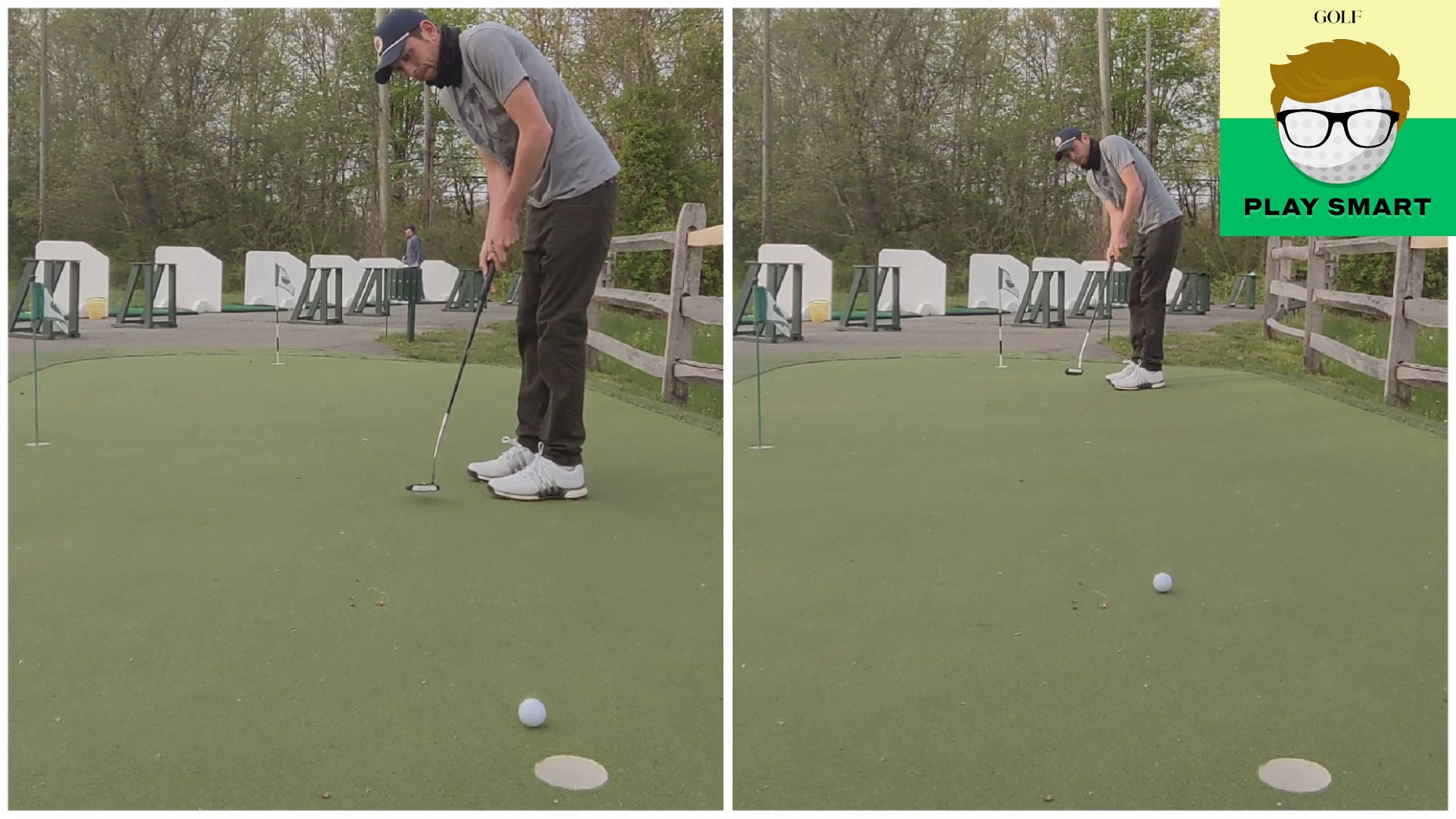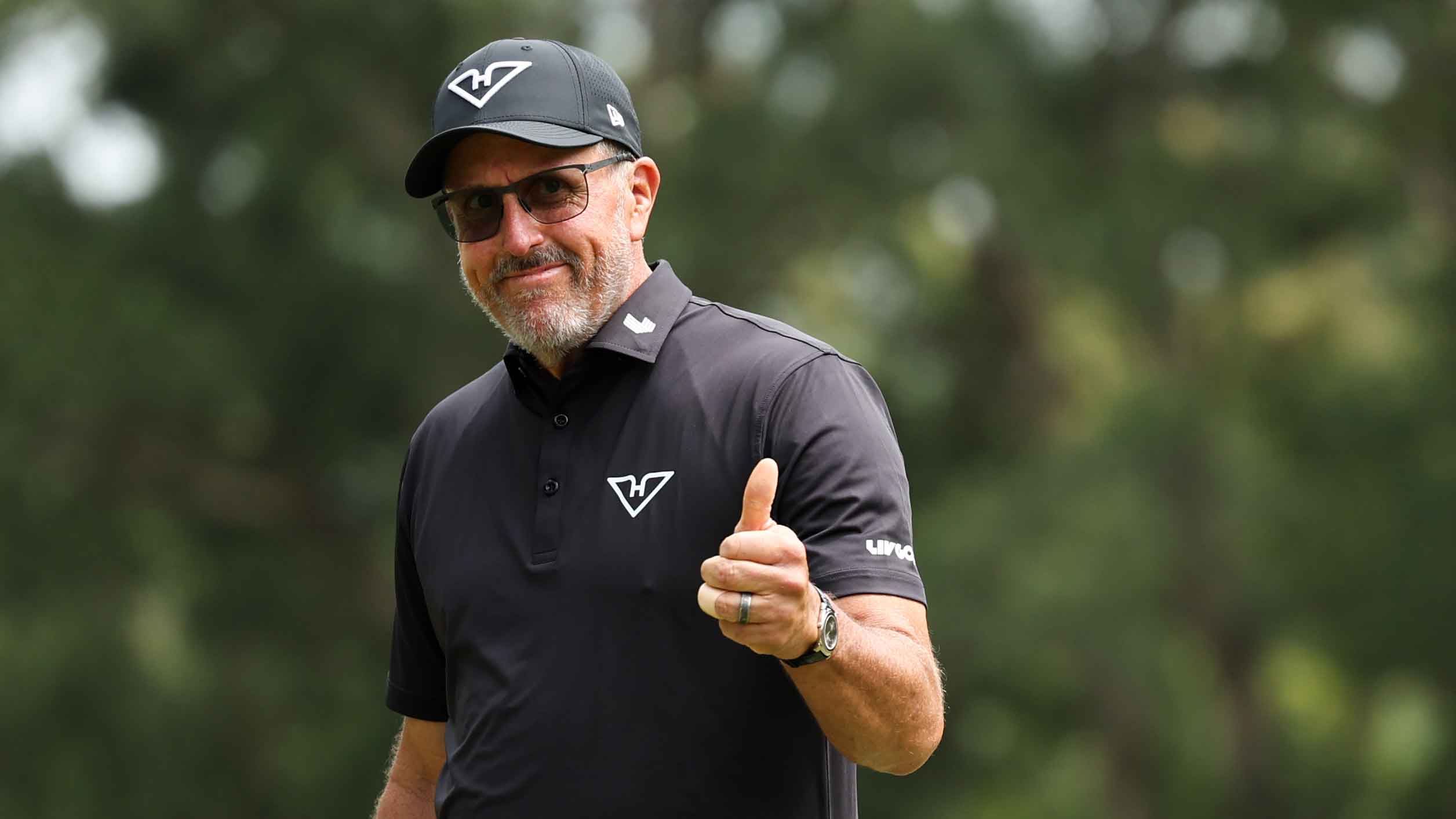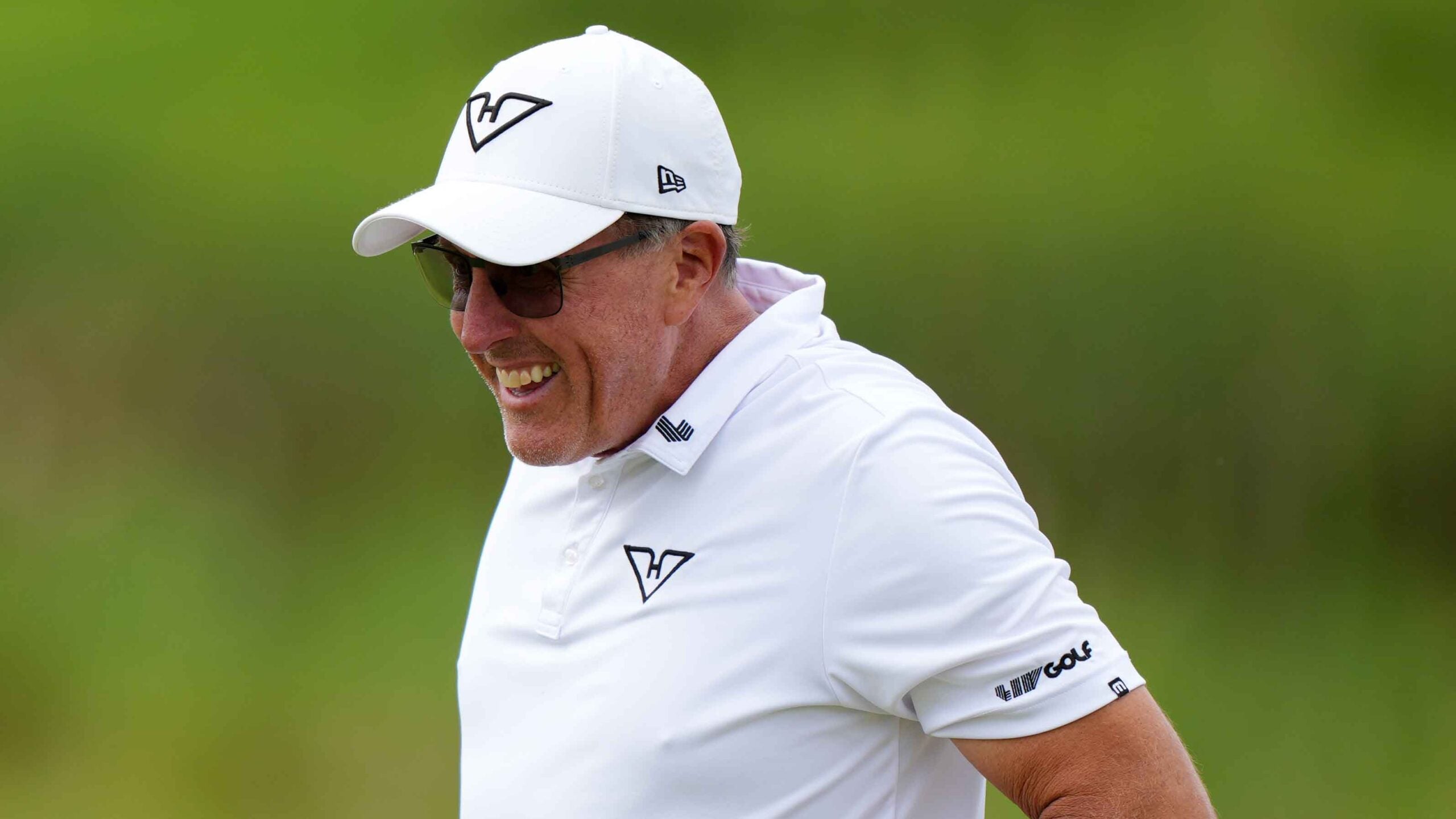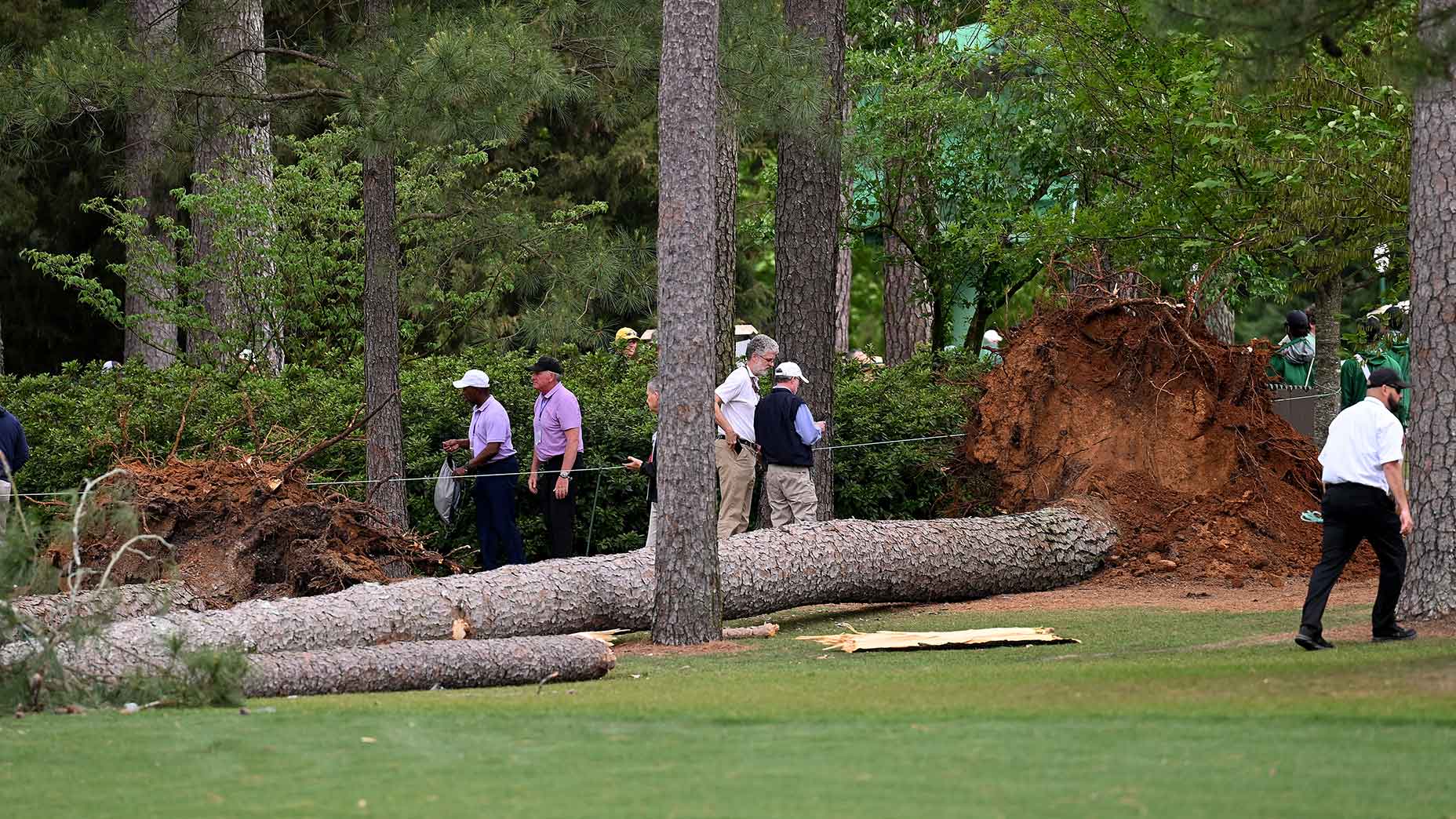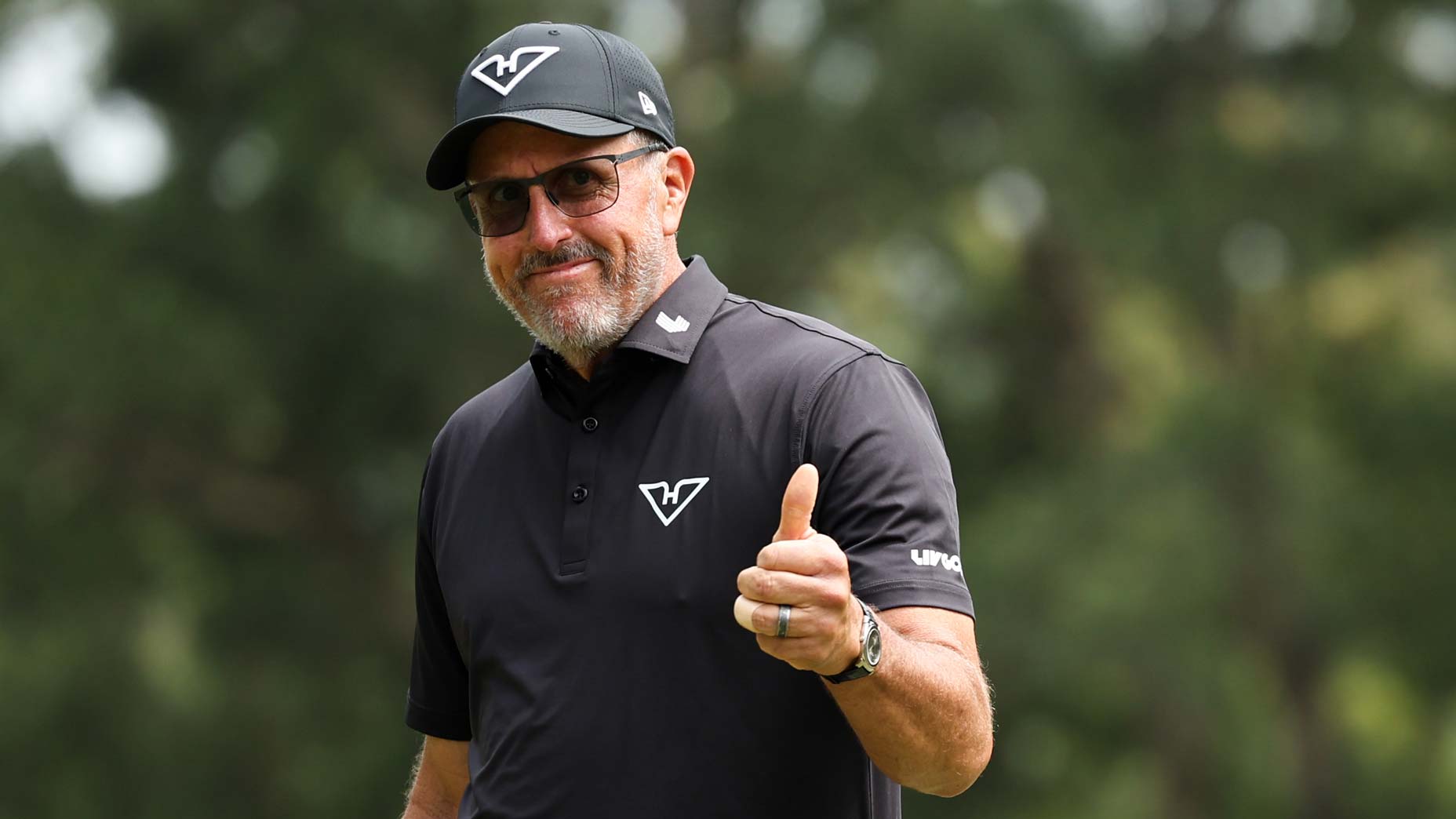‘Simple but brilliant’: Phil Mickelson touts 35-second video as putting helper
- Share on Facebook
- Share on Twitter
- Share by Email

Phil Mickelson last week at the Masters.
Getty Images
You don’t look at the ball when you’re shooting a free throw, Dave Phillips says.
And a quarterback doesn’t look at the ball while passing.
So why should a golfer stare at their ball ahead of a putt, the GOLF Top 100 Teacher wonders. He’s not alone, either.
Instead, Phillips says, eye the target, too.
Talking on a video released this week by the Titleist Performance Institute, where he’s an instructor, he said he believes looking at the hole ahead of putts is a reason behind his great speed control. The concept isn’t new, of course, but it may be funky to amateurs, whose routine usually features a look at the hole before the putt, then a staredown with the ball ahead of contact.
But Phillips noted other sports.
“We’ve all watched basketball; you know, bouncing, you’re looking at the rim, you’re not looking at the ball,” Phillips said in the video. “You’re looking at the rim, you’re feeling it, you’re looking at the rim. Quarterback doesn’t stand there going, hey, hold on a second. [In the video, he looked at his hand before throwing.] They’re looking, looking, looking, they’re evaluating, and he’s going to be there, right?
“So why wouldn’t we do that when we putt? I’m there, I’m there, I’m there, I’m there, that’s what I feel, I go.”
Phil Mickelson agreed.
About a half-hour after the 35-second video was tweeted out, the six-time major winner shared it.
“This is simple but brilliant advice to help your putting,” he wrote.
This is simple but brilliant advice to help your putting https://t.co/KqQKeZ6MPa
— Phil Mickelson (@PhilMickelson) April 17, 2025
Notably, two commenters asked similar questions, using the baseball analogy. In that sport, they wrote, a hitter doesn’t stare at the target; they’re looking at the ball.
In response, the Titleist Performance Institute account wrote that the tip was meant to encourage looking at the hole ahead of the putt.
“Obviously need to look at the ball,” it said. “We are talking about set-up when putting (some even advocate for the putting stroke, too).”
To keep the conversation going, GOLF.com wrote a story in 2021 entitled “What is heads up putting? I tried it and now I’m hooked for good,” and you can read that story by clicking here or by scrolling immediately below.
***
A few years ago, down in Pinehurst for the GOLF Top 100 Teachers Summit, I capped the event by playing a twilight nine with an eightsome around The Cradle. It was one of those classic twilight rounds that live long in the memory, but for as wonderful as The Cradle is in itself (and it really is wonderful), it wasn’t the golf course I remember most.
Rather, It was the putting performance of one of my playing partners that evening: Dr. Sasho Mackenzie, an influential biomechanist in the golf space who dropped putts from all over the place using his “heads-up” putting technique. Rather than looking at the ball during his putting stroke, Sasho’s head and eyes remained fixed ahead of him — which more often than not gave a first-hand look at the ball dropping into the hole.
Sasho, who you can and should follow on Twitter right here, published a study in 2017 that found that golfers who adopted the heads-up technique were more successful than golfers who didn’t. It’s been slowly making its way on Tour ever since, and with my putting needing a reboot before the summer, I decided to give heads-up putting a go in my own game.
What is ‘heads up’ putting? I tried it, and now I’m hooked for goodBy: Luke Kerr-Dineen
I’ve been putting “heads up” for about a month now, and I must say: It’s been awesome. Really awesome, actually. I’m making a lot more putts — especially between 8 and 15 feet — and I feel more comfortable, too. It’s going to take a lot for me to go back to my old way of putting, and with the evangelical zeal of a new convert, I wanted to share a few of the things I’ve learned in case you’re now curious enough to make the switch, too.
1. Feel it, don’t force it
So you want to try heads-up putting. That’s great! My first and most important piece of advice is to not force it. Don’t make yourself look at the hole on every putt. Start by looking at the hole on your practice strokes, and then eventually on short putts. If you feel like you don’t want to look at the hole on certain putts, that’s OK; look at the ball instead. Don’t set hard-and-fast rules for yourself. Tony Finau says he looks at the hole when he feels like it, and that’s it. It really doesn’t need to be more complicated than that. I started that way, but found since that I like the feel of it so much that I end up looking at the hole on 95 percent of putts. There’s only one exception. …
2. I look down on the longest putts
I look at the hole on basically every putt at this point — except on my very longest putts. And by that, I mean those putts ranging about 50 feet or longer. The reason I look at the ball on those isn’t by choice; it’s because those putts require a longer backstroke, which pulls my head back down. It all falls back into Finau’s “feel it, don’t force” advice.
3. It tightens my focus
Lots of different studies have shown the importance of “quiet eye” putting. Translation: The best putters in golf have the tightest focus. They don’t look at the golf ball; they look at a dimple on the golf ball, and keep their eyes fixed there throughout their stroke. Worse putters tend to focus all over the place; they don’t just look at the entire golf ball, but also the area around it.
Ultimately, I think that’s why the technique seems to work for me. Because looking up has the effect of lasering me in on a specific spot. When I look at the ball, I’m not as focused.
4. Don’t look only at the hole
This is a super important point. On breaking putts, don’t look at the hole. Look at the point where the putt will break off. On putts without a severe break, I’ve found success looking at the entry portions of the hole: the left edge, for instance, or the back of the cup.
Remember that looking up isn’t the same as looking at the hole, so pick a specific spot.
5. Stroke toward your spot
One of the great things about heads-up putting is how free it makes you feel during your stroke. It helps you create a relationship with your target, which is something you should embrace. With that in mind, once you settle on a spot, think about stroking toward it. You’re letting your arms float toward where you want the ball to go.
6. Watch your speed control
The only real negative I’ve found with heads-up putting is that I tend to putt really aggressively this way. I feel more free, and hit putts harder because of it. It’s nothing a little practice can’t solve, but keep an eye on it if you adopt this technique.
Latest In News
Zurich Classic Subpar picks: 2 teams to watch in New Orleans
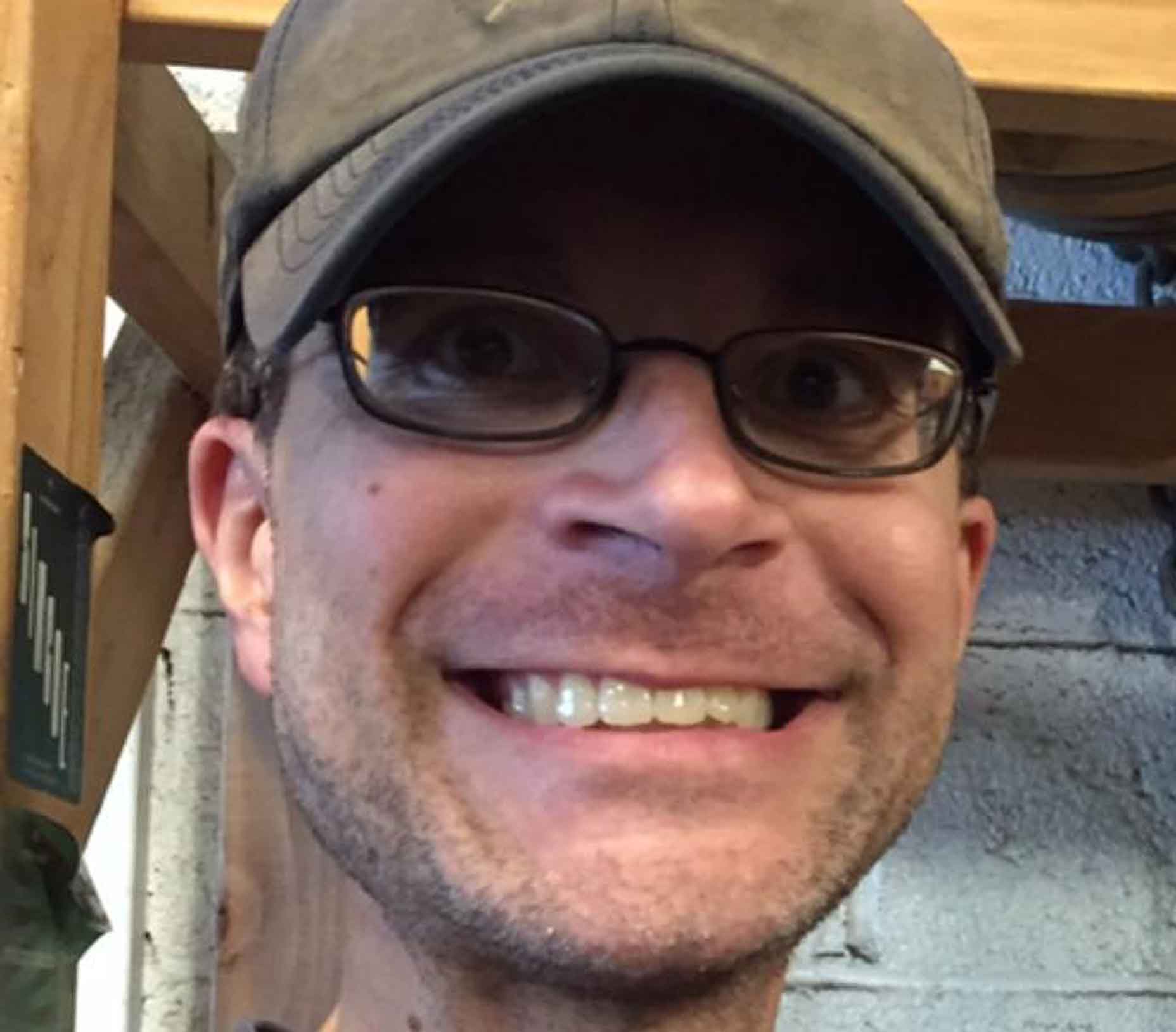
Nick Piastowski
Golf.com Editor
Nick Piastowski is a Senior Editor at Golf.com and Golf Magazine. In his role, he is responsible for editing, writing and developing stories across the golf space. And when he’s not writing about ways to hit the golf ball farther and straighter, the Milwaukee native is probably playing the game, hitting the ball left, right and short, and drinking a cold beer to wash away his score. You can reach out to him about any of these topics — his stories, his game or his beers — at nick.piastowski@golf.com.

